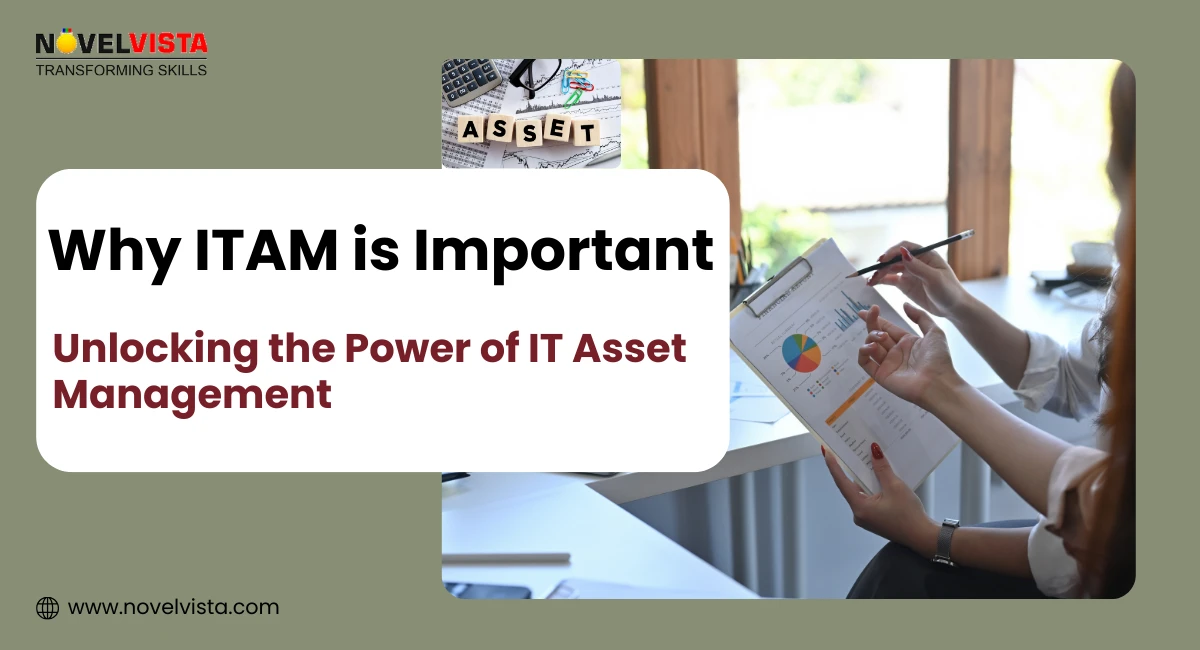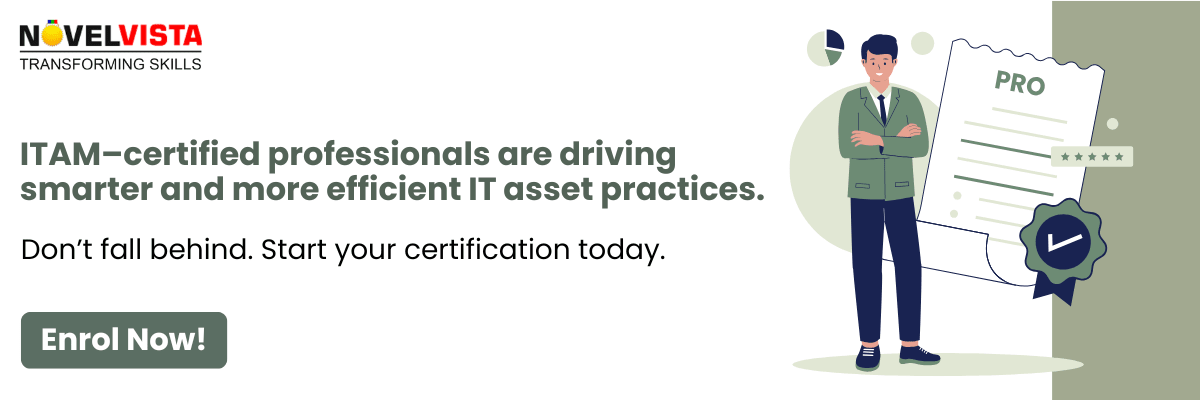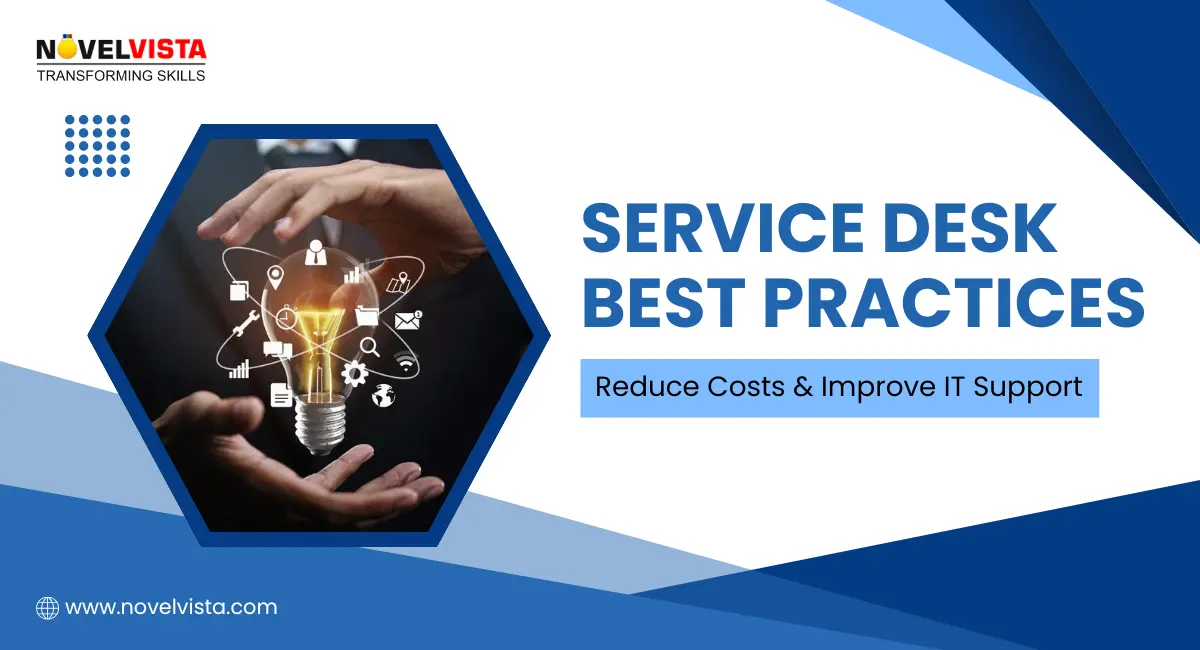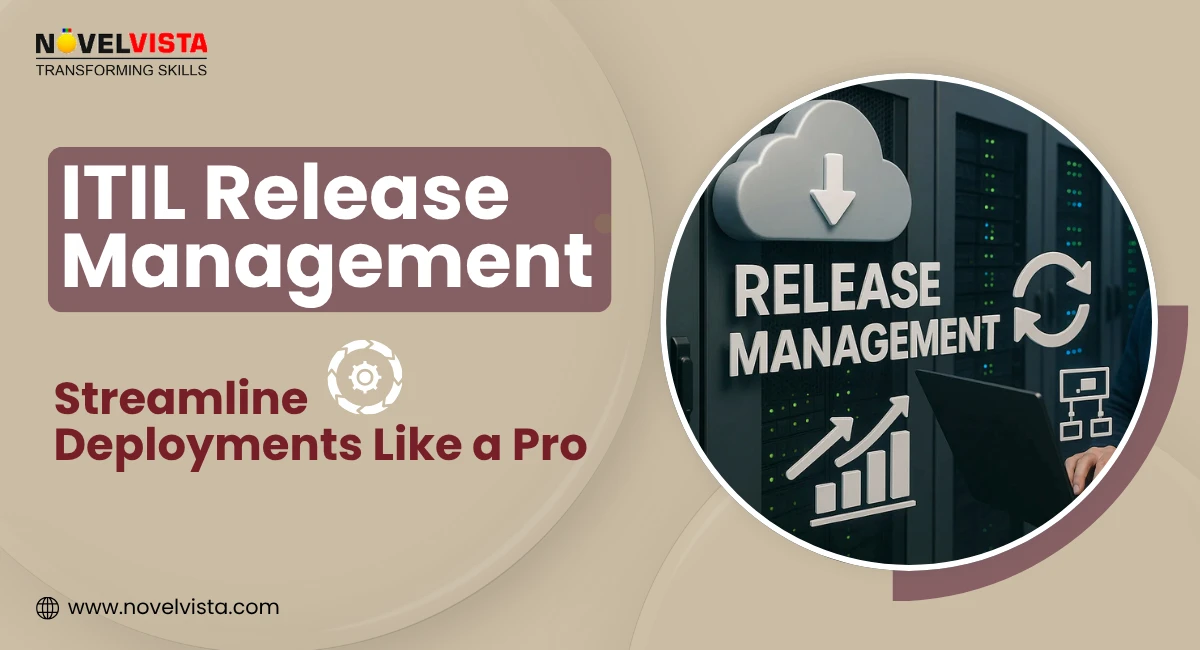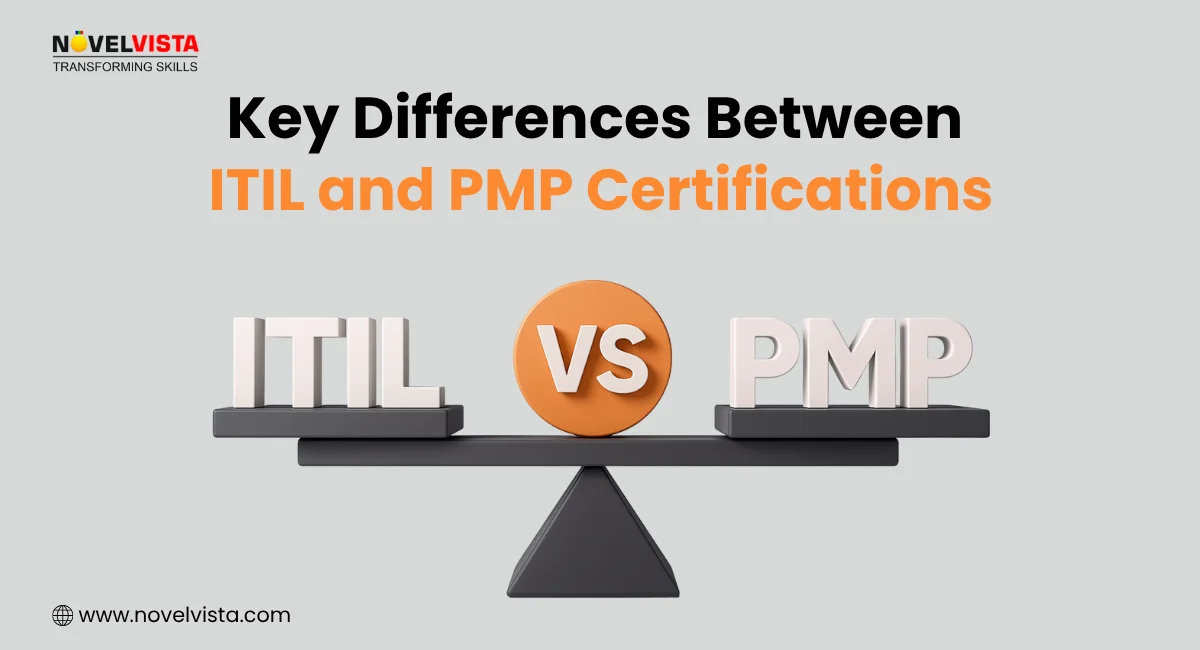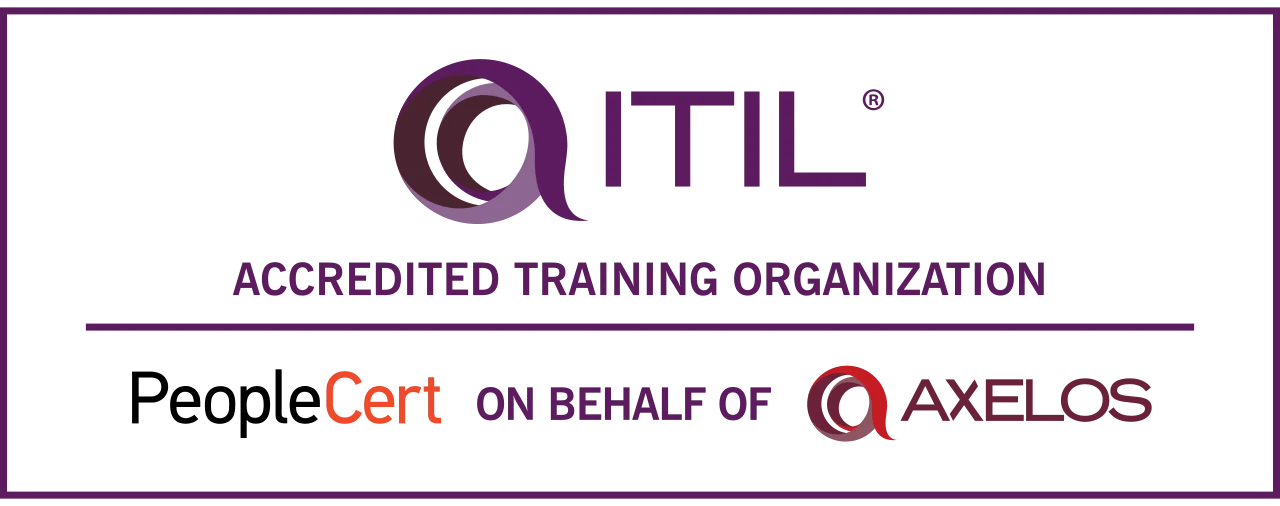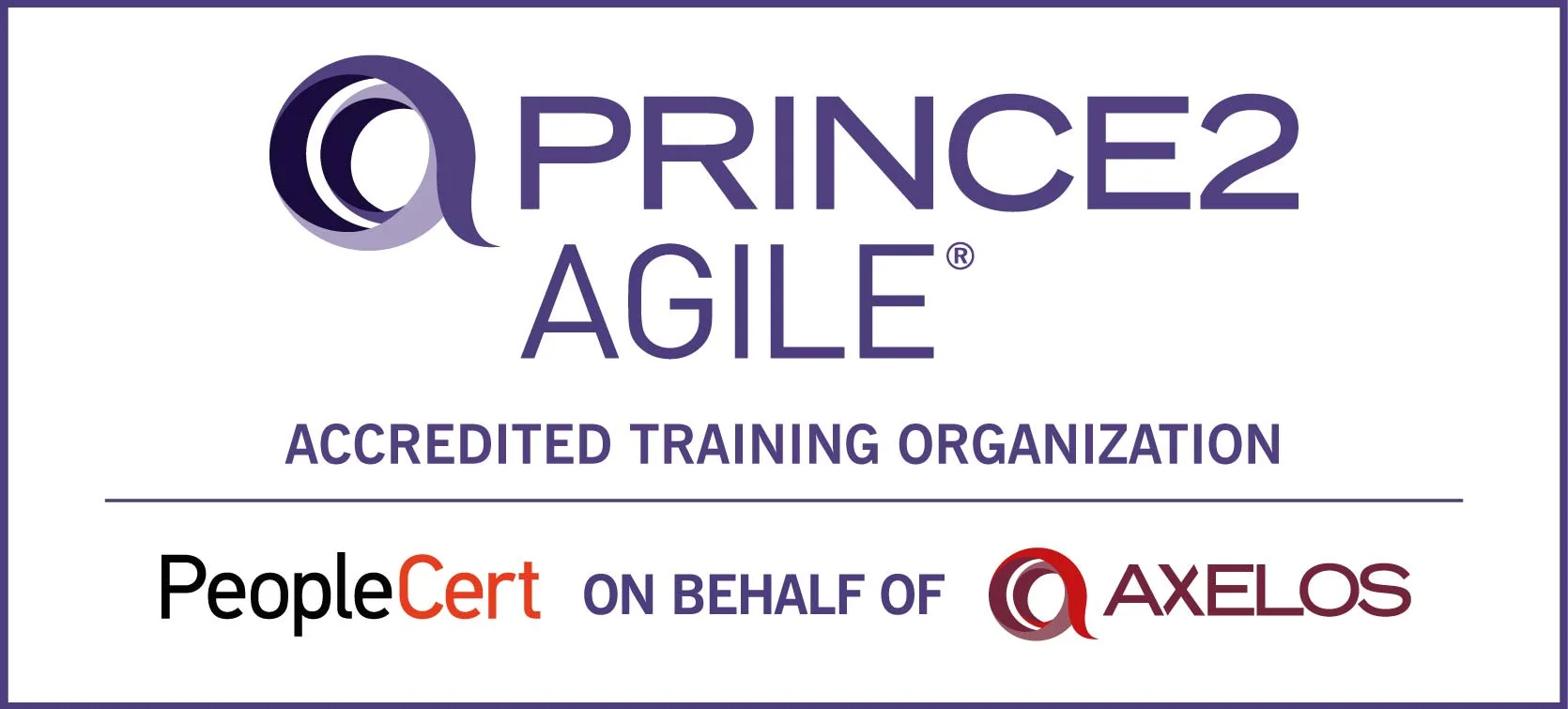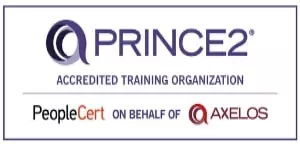- What is IT Asset Management?
- Key Components of IT Asset Management
- Why ITAM is Important: Core Benefits for Organizations
- Common Challenges Without ITAM
- ITAM Best Practices to Maximize Impact
- ITAM and Compliance Frameworks
- Case Studies: Organizations Benefiting from ITAM
- The Future of ITAM: Trends to Watch
- Practical Tips for Organizations
- Conclusion: ITAM as a Business Enabler
- Next Step: Take Your IT Management Skills Further
IT asset management isn’t just a buzzword; it’s the backbone of any organization that wants to stay efficient, compliant, and cost-effective. IT asset management helps companies track every device, software license, and cloud subscription across their lifecycle, making sure nothing slips through the cracks. In simple terms, it’s about knowing what you own, how it’s used, and how to maximize its value.
If you’ve ever lost track of software licenses, overspent on unused subscriptions, or struggled with hardware failures, you already know why ITAM matters. Let’s dive in and explore how IT Asset Management Software, tools, and best practices can transform the way businesses handle their IT resources.
What is IT Asset Management?
So, what is IT Asset Management? At its core, ITAM is a structured approach to managing an organization’s IT assets through every stage of their life, from purchase to disposal.
Scope of ITAM:
- Procurement: Acquiring hardware, software, and cloud services.
- Usage: Tracking performance, compliance, and utilization.
- Retirement: Proper disposal or recycling to reduce waste.
ITAM also intersects with IT Service Management (ITSM), governance frameworks, and compliance standards, making it essential for operational efficiency, risk management, and strategic decision-making.
By implementing ITAM, organizations gain clarity over both physical and digital assets, ensuring resources are used optimally while staying compliant with industry regulations.
Key Components of IT Asset Management
Effective ITAM covers multiple asset types and management practices:
1. Hardware Asset Management (HAM)
Tracking devices like laptops, servers, and networking equipment. Ensures hardware is maintained, upgraded, or replaced at the right time.
2. Software Asset Management (SAM)
Manages software licenses, updates, and version control. Prevents overspending and avoids legal issues from unlicensed software.
3. Cloud Asset Management
Handles SaaS subscriptions, IaaS platforms, and other cloud resources. Optimizes usage, reduces costs, and ensures security across cloud environments.
4. Financial Management
Tracks costs, budget allocation, and ROI. Integrates ITAM with finance teams for smarter decisions on procurement and renewals.
5. Lifecycle Management
Also called IT Asset Lifecycle Management, this ensures each asset is efficiently monitored from acquisition to disposal. Proper lifecycle tracking minimizes downtime, extends asset life, and reduces environmental impact.
With these components in place, ITAM creates a clear picture of IT resources, reducing waste and improving accountability across the organization.
Why ITAM is Important: Core Benefits for Organizations
Investing in IT Asset Management Solutions isn’t just about tracking; it drives real business impact.
Cost Optimization
By tracking hardware, software, and cloud subscriptions, companies can prevent overspending and cut unnecessary costs. For example, reclaiming unused licenses or decommissioning idle servers can save thousands annually.
Compliance & Risk Management
ITAM ensures compliance with licensing agreements, regulations, and internal policies. Non-compliance can lead to hefty fines or legal issues, which is why using IT Asset Management Tools is critical for audit readiness.
Operational Efficiency
With an IT Asset Management System, teams gain visibility into their assets, making maintenance and upgrades smoother. Efficient asset tracking reduces downtime, avoids redundancy, and improves service delivery.
Security & Data Protection
Untracked assets can become weak points in cybersecurity. ITAM helps monitor devices and software for vulnerabilities, ensuring sensitive data is protected.
Strategic Decision-Making
Data from ITAM provides insights for scaling infrastructure, investing in new technologies, or optimizing existing resources. Leaders can make informed decisions rather than guesswork.
Sustainability
Proper disposal of IT assets supports green IT practices, reducing e-waste and promoting environmental responsibility.
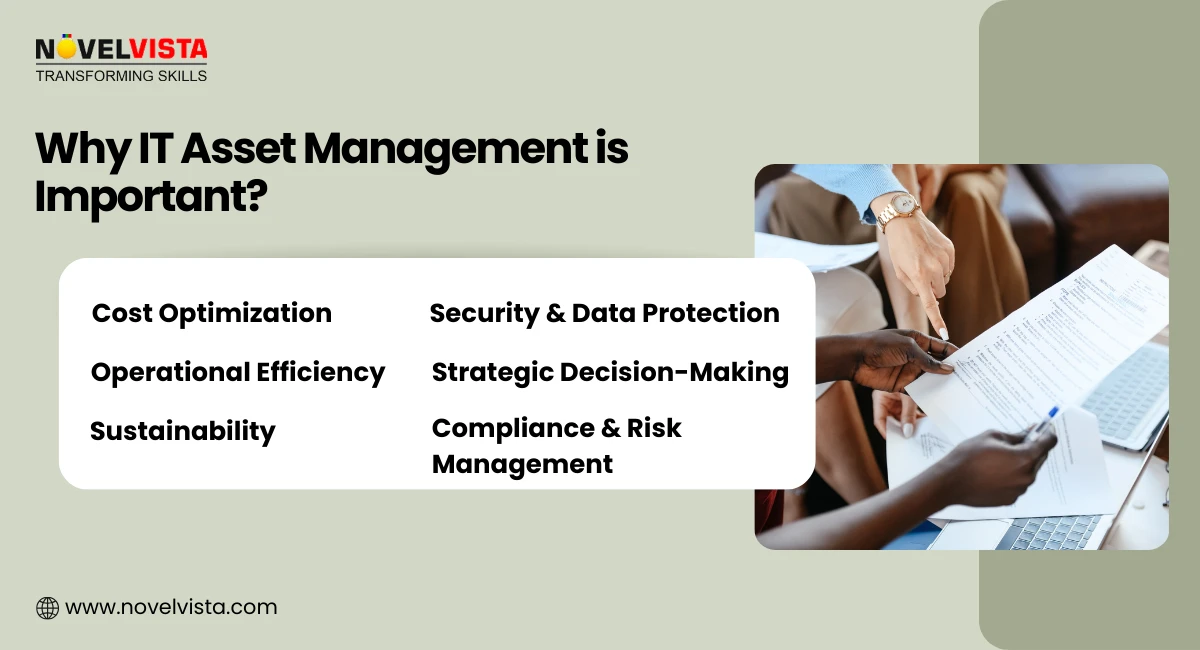
Common Challenges Without ITAM
Organizations that skip ITAM often face costly problems:
- Shadow IT: Employees use unapproved apps or devices, creating security risks.
- License Misuse: Overspending on unused software or violating licensing terms.
- Poor Lifecycle Visibility: Unknown asset locations or conditions lead to downtime and inefficiencies.
- Rising Cloud Costs: Without governance, subscriptions and cloud usage can balloon unexpectedly.
These challenges demonstrate why integrating ITAM into everyday operations isn’t optional, it’s essential.
ITAM Best Practices to Maximize Impact
Implementing IT Asset Management best practices ensures maximum ROI:
- Centralized Asset Repository – Keep all asset information in one place for easy tracking.
- Integration with ITSM & CMDB – Connect ITAM data to service management and configuration databases for holistic visibility.
- Regular Audits & Reporting – Identify gaps, track compliance, and optimize costs.
- Automation – Use IT Asset Management Software to automate tracking, alerts, and reporting.
- Cross-Team Collaboration – Involve IT, finance, and procurement teams for consistent governance.
By following these best practices, organizations can reduce risks, improve efficiency, and make data-driven decisions.
Download: Top 20+ ITAM Best Practices Guide
Crack ITAM with confidence. Get the ITAM best practices top scorers use to stay ahead.
ITAM and Compliance Frameworks
One of the often-overlooked benefits of IT Asset Management Solutions is compliance support. Companies must follow regulations like ISO 19770 for software asset management and ISO 20000 for IT service management. A solid IT Asset Management System ensures that every asset, from software licenses to cloud subscriptions, is tracked and auditable.
During audits, ITAM provides clear, organized data, showing which assets are in use, which are retired, and where potential compliance gaps exist. This reduces the risk of fines, penalties, and operational disruptions.
By linking ITAM with governance frameworks, businesses can also demonstrate accountability and transparency, which strengthens trust with clients and regulators alike.
Case Studies: Organizations Benefiting from ITAM
Here’s how real companies benefit from IT asset management:
1. Reducing Software Audit Penalties
A mid-sized enterprise faced a surprise software audit. Without ITAM, untracked licenses could have led to heavy fines. By implementing IT Asset Management Tools, they identified unused software, reclaimed licenses, and avoided penalties.
2. Cloud Cost Savings
A company using multiple cloud services struggled with skyrocketing costs. With IT Asset Management Software, they tracked subscriptions, usage, and renewal dates. By optimizing cloud resources, they cut costs by 25% in just one year.
3. Improved Security Posture
A global firm had thousands of devices in use, many of which were outdated. Through IT Asset Management best practices and lifecycle tracking, the IT team identified vulnerable devices, updated security patches, and reduced potential breaches.
These examples show that ITAM isn’t just about tracking, it directly improves finances, security, and operational efficiency.
The Future of ITAM: Trends to Watch
The role of IT asset management is evolving with technology trends. Here’s what organizations should watch:
AI-driven ITAM
Artificial intelligence is transforming asset tracking. AI-powered tools can predict failures, optimize maintenance schedules, and forecast license needs, giving businesses predictive insights instead of reactive solutions.
ITAM in Hybrid and Multi-Cloud Ecosystems
As companies adopt hybrid cloud and multi-cloud setups, tracking assets across platforms becomes more complex. Modern IT Asset Management Solutions help monitor cloud usage, reduce redundancies, and manage costs efficiently.
Sustainability and Green IT
With increasing focus on sustainability, ITAM can track disposal, recycling, and energy usage of assets. This ensures responsible IT practices that align with corporate social responsibility goals.
Integration with FinOps
Financial operations and IT costs are converging. IT Asset Lifecycle Management now ties into financial governance, helping organizations budget better, forecast expenses, and maximize ROI.
By keeping up with these trends, ITAM evolves from a simple tracking tool into a strategic business enabler.
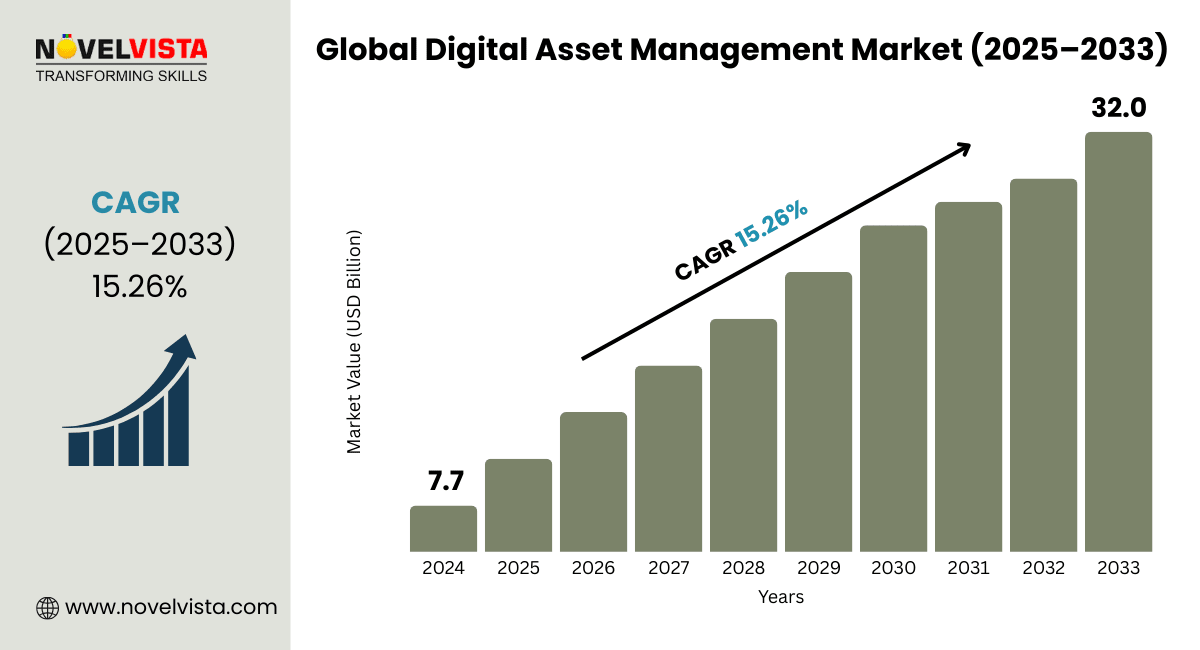
Practical Tips for Organizations
To make the most of ITAM, companies should focus on:
- Selecting the Right IT Asset Management Software – Choose solutions that scale, integrate with ITSM tools, and offer automation.
- Adopting IT Asset Management best practices – Regular audits, lifecycle tracking, and cross-team collaboration ensure efficiency.
- Monitoring IT Asset Lifecycle Management – Track assets from purchase to retirement to prevent surprises and wasted resources.
- Optimizing Costs – Use ITAM data to reclaim unused licenses, decommission idle hardware, and manage cloud subscriptions efficiently.
- Aligning ITAM with Strategy – Treat ITAM as part of business planning, not just an IT function.
Following these steps ensures ITAM delivers tangible benefits while reducing risks and costs.
Conclusion: ITAM as a Business Enabler
IT asset management isn’t just about keeping an inventory; it’s about enabling efficiency, reducing costs, and ensuring compliance. By implementing a robust IT Asset Management System, adopting IT Asset Management best practices, and leveraging modern tools, organizations gain control over their IT resources, improve security, and make smarter strategic decisions.
Whether it’s managing hardware, software, or cloud subscriptions, ITAM transforms IT from a reactive function into a proactive business enabler.
Next Step: Take Your IT Management Skills Further
Effective ITAM can save millions and strengthen compliance, but only when done right. If you want to master IT asset management and lead your organization’s IT governance strategy, explore NovelVista’s IT Asset Management Foundation Certification. Equip yourself with future-ready skills and stay ahead in the evolving IT landscape. Limited seats available, don’t miss out.
Frequently Asked Questions
- Planning & Acquisition
- Deployment
- Operation & Maintenance
- Compliance & Audit
- Retirement & Disposal
Author Details

Mr.Vikas Sharma
Principal Consultant
I am an Accredited ITIL, ITIL 4, ITIL 4 DITS, ITIL® 4 Strategic Leader, Certified SAFe Practice Consultant , SIAM Professional, PRINCE2 AGILE, Six Sigma Black Belt Trainer with more than 20 years of Industry experience. Working as SIAM consultant managing end-to-end accountability for the performance and delivery of IT services to the users and coordinating delivery, integration, and interoperability across multiple services and suppliers. Trained more than 10000+ participants under various ITSM, Agile & Project Management frameworks like ITIL, SAFe, SIAM, VeriSM, and PRINCE2, Scrum, DevOps, Cloud, etc.
Course Related To This blog
ITIL4 Specialist Monitor Support and Fulfil Certification
ITIL 4 Specialist Sustainability in Digital & IT
ITIL® 4 Strategic Leader Digital And IT Strategy (DITS)
ITIL® 4 Specialist Drive Stakeholder Value
ITIL® 4 Strategist Direct, Plan & Improve
ITIL® 4 Specialist Create Deliver & Support
IT Asset Management Foundation
ITIL® 4 Foundation Certification
Confused About Certification?
Get Free Consultation Call

